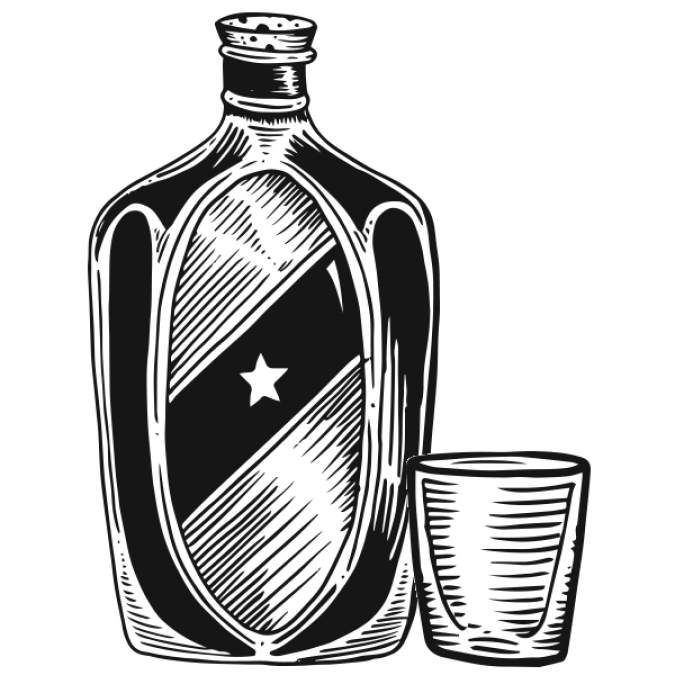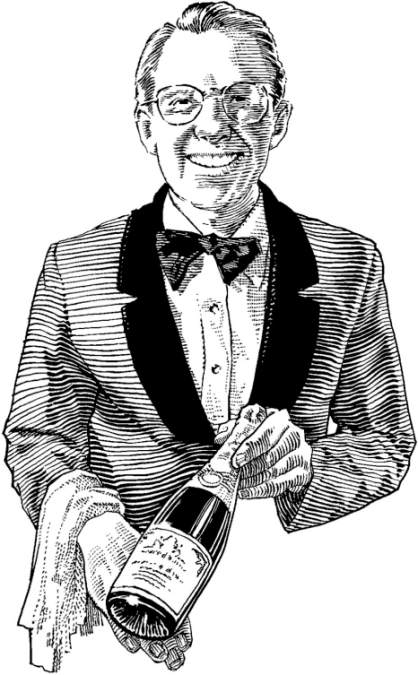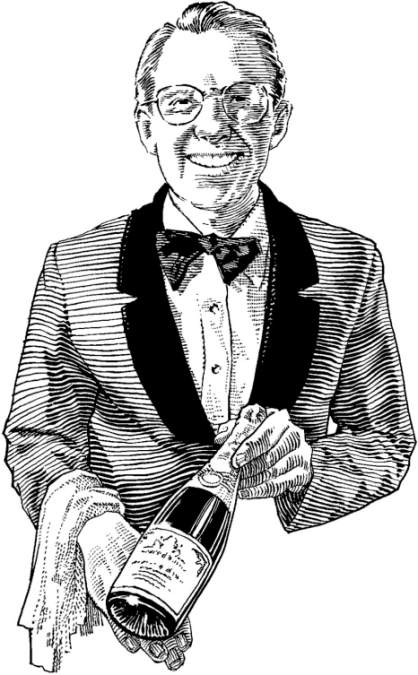We live in an era of unprecedented choice. While the dilemma that creates could manifest itself any number of ways in your life, in mine it mostly comes in the form of bloated wine and spirits lists. Many bar managers, wine directors, and sommeliers have confused quantity for quality, and as a result the dining and drinking public is all the worse off.
Of course there’s something to be said for offering an array of choices to the discerning drinker, but too often they’re empty choices. Only the most dedicated whiskey drinker could possibly hope to distinguish the hundreds upon hundreds of American whiskeys that, for example, Canon has available, and most will end up choosing based on price, reputation, or random chance. Even a trained bar staff can do only so much; they may be able to offer suggestions, but even if they have tasted every bottle, which is unlikely, do they actually know the difference between Buffalo Trace’s Single Oak Project barrel #122 and #164? Hell, even if they do, can they explain it to you in a way that meaningfully informs your purchase?
I understand the appeal of collecting rare and interesting (and often very pricey) spirits or wines. It looks cool and establishes a certain atmosphere. Yet I don’t think it does a damn thing for the vast majority of customers. That’s why I’ve become more and more partial to restaurants and bars that actively curate their beverage programs.
Sure, it’s fun to stare at a wine list whose heft rivals the Encyclopedia Britannica’s, but three pages of Sancerre is probably overthinking it. Part of the role of a good bar manager, wine director, or sommelier is to do some of that heavy lifting for you—to take the massive world of wine and spirits and (pardon the pun) distill it into a cohesive and approachable list.
While compiling a massive cellar might require a lot of money and some ingenuity in tracking down rare and hard-to-find bottles, it doesn’t actually require much skill. Anyone with the money can build an impressive wine list, as RN74 did when they opened in Seattle a few years ago. Yet building a list that matches the food, offers great bottles at a wide array of price points, and is actually navigable by most guests and servers is much more of a challenge.
That is where many of these lists break down. Sure, the bar manager or sommelier might know it intimately, and if you happen to be there when they’re on the floor, you should have a fine time. But what about all those quiet early weeknights, or that celebratory lunch when you want a nice bottle, or when they happen to be assisting another table? If the list is decipherable only to a select few employees and the rare expert guest, what good does it really serve?
Of course, plenty of Seattle bars and restaurants do a great job offering creative and unusual wines and spirits without burdening you with hundreds of choices; off the top of my head, that’s something that small cocktail bars like Suite 410, The Hideout, and of course Zig Zag Cafe do best. I’m also always impressed by how Renee Erickson’s wine lists balance price, uniqueness, and accessibility.
Choice is great. Unfettered, unmoderated choice is much less so. I think it’s time to ask some of Seattle’s great bars and restaurants to make conscious, critical choices about what they stock and serve, because that’s the biggest value they can offer. Not just laying before us a vast cornucopia of options, but guiding us toward the very best ones.
thebarcode@seattleweekly.com






